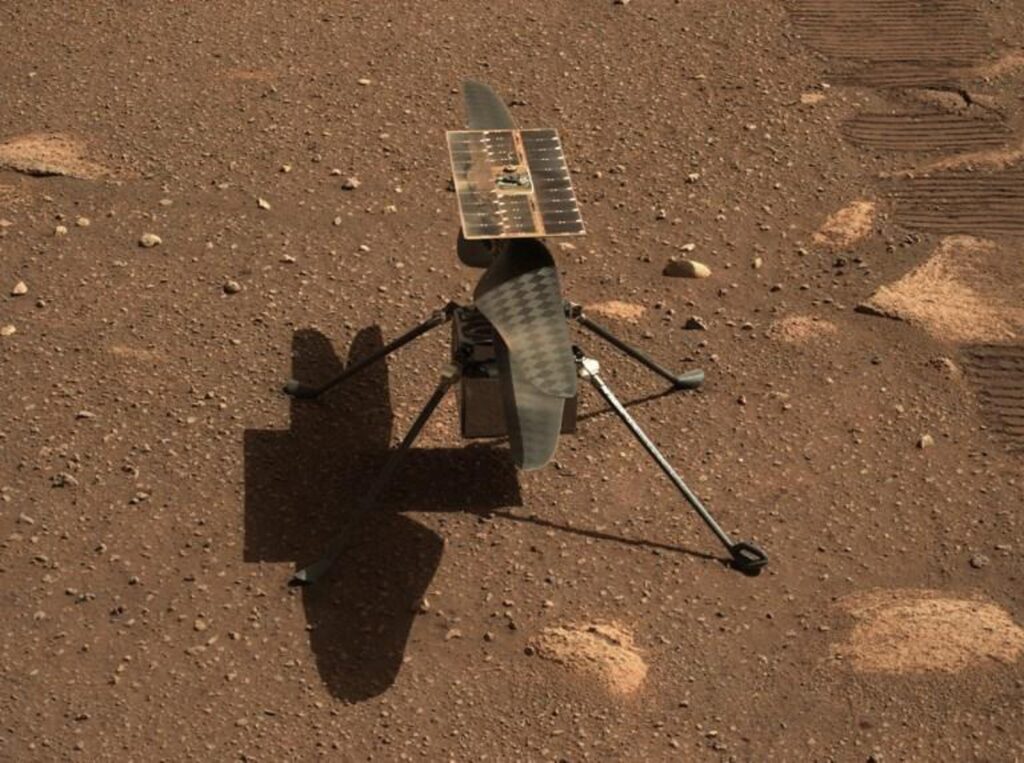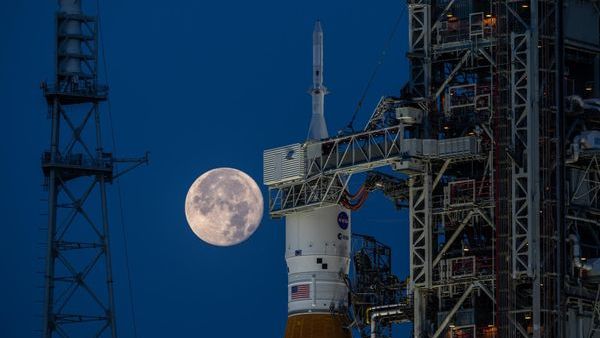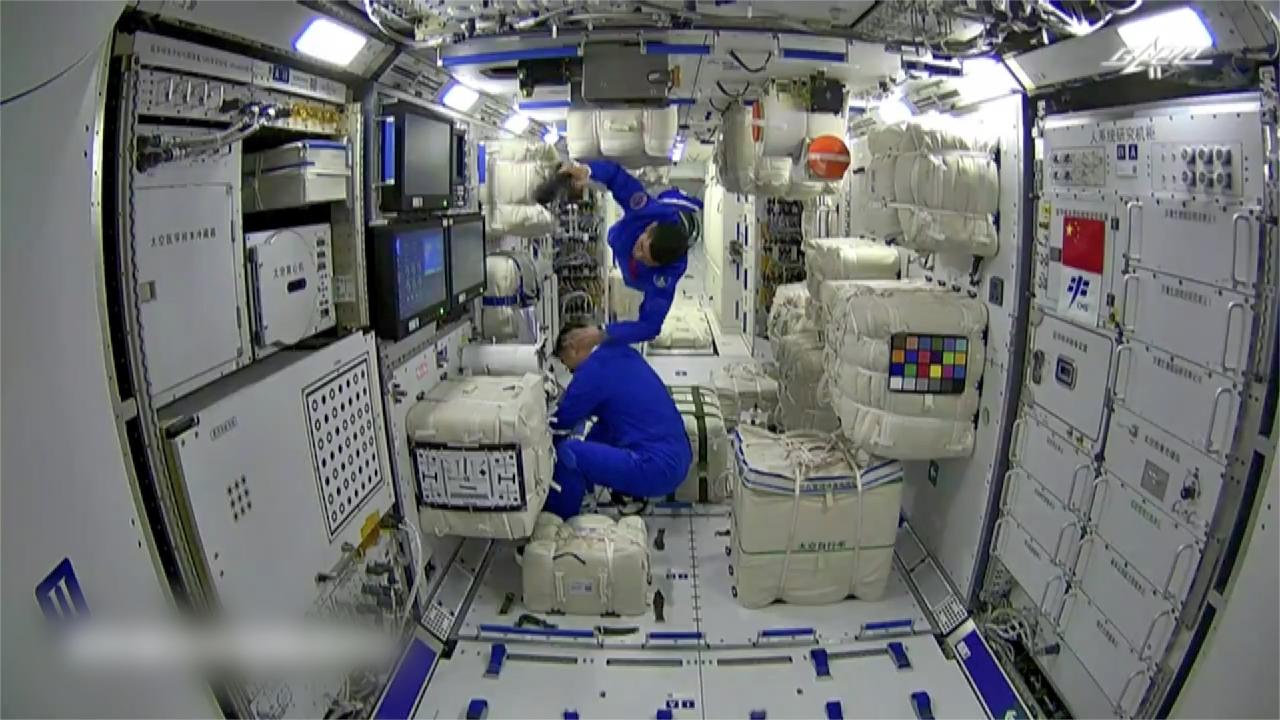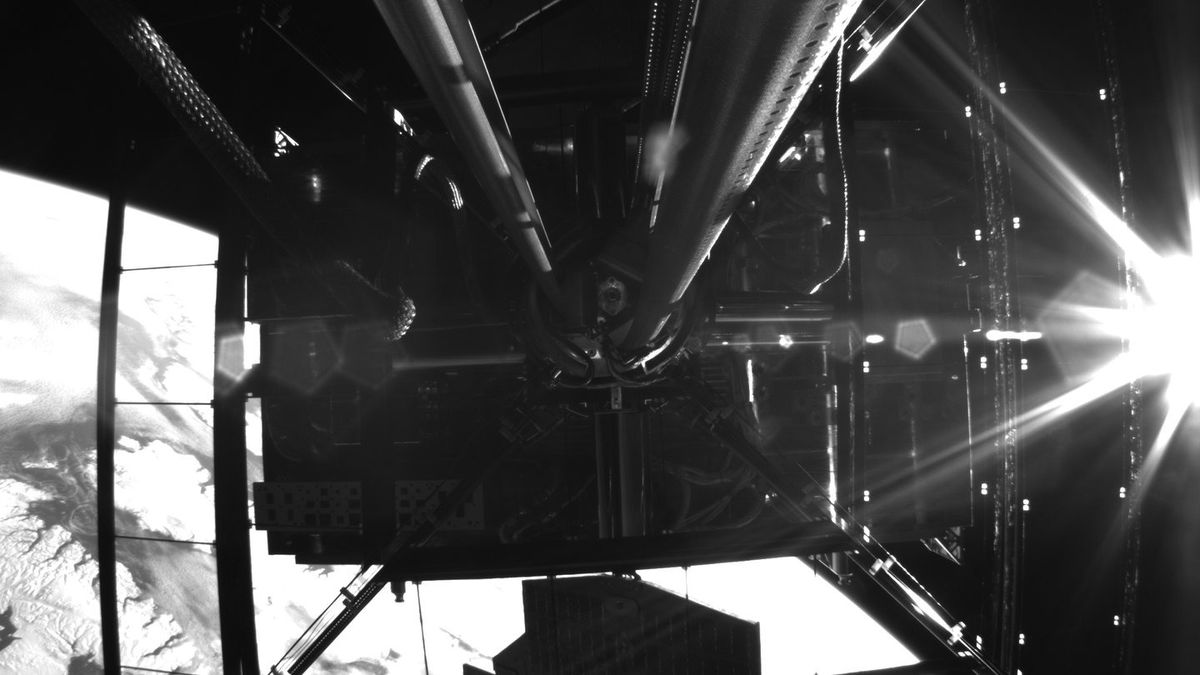The Vulcan Centaur rocket launched Astrobotic’s Peregrine lunar lander, but its propulsion system failed shortly after. The January 8 issue is predicted to derail Peregrine’s moon mission. Astrobotic admitted the propulsion system failure and attempted propellant stabilization. After attempts to ameliorate the problem, the mission prioritized scientific data collection and is considering alternative mission profiles.
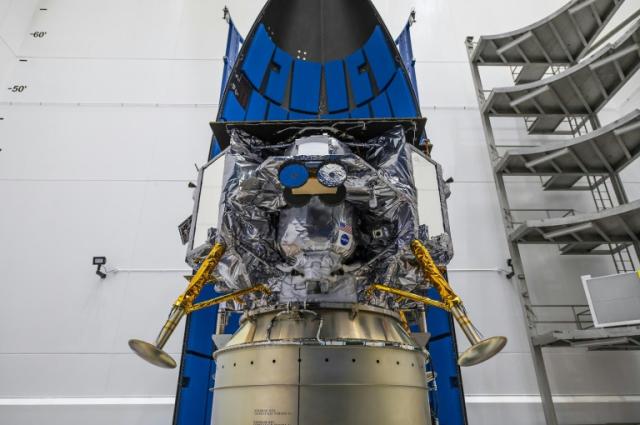
Milestone Peregrine Launch Marks Progress in Lunar Exploration with NASA’s CLPS Program
Peregrine’s launch on United Launch Alliance’s (ULA) Vulcan Centaur rocket, planned to replace Atlas V and Delta rockets, was a milestone in space exploration. NASA’s Commercial Lunar Payload Services (CLPS) mission used private spacecraft to explore the moon.
NASA deployed five payloads on Peregrine, including radiation detection and subsurface water ice analysis devices. CLPS missions are high-risk but essential for lunar research and NASA’s Artemis crewed moon program.
NASA officials stressed learning from achievements and failures despite the setbacks. NASA’s Science Mission Directorate’s Deputy Associate Administrator for Exploration, Joel Kearns, emphasized the agency’s dedication to lunar science, exploration, and commercialization. Each CLPS flight boosts American private space capabilities and off-Earth economic activity.
READ ALSO: Aditya L1: Unlocking Insights into Space Weather
Peregrine’s Lunar Payloads
Peregrine was designed to carry 20 payloads to the moon, including Mexico’s first lunar probes and Celestis’ memorial capsule. Since the memorial capsule is sacred, the Navajo Nation objected to human remains. Enterprise, the lander’s secondary payload, orbited the sun carrying “Star Trek” icons’ cremated ashes and DNA.
Future NASA CLPS private moon lander Nova-C is developed by Intuitive Machines. Nova-C will blast off on a SpaceX Falcon 9 rocket in mid-February and land near the moon’s south pole. The recent Peregrine setback highlights the hazards and limitations of lunar exploration while highlighting the need to develop space research and technology.
READ ALSO: 2023 Global Space: Moon, Asteroids, and Rockets Dominate

